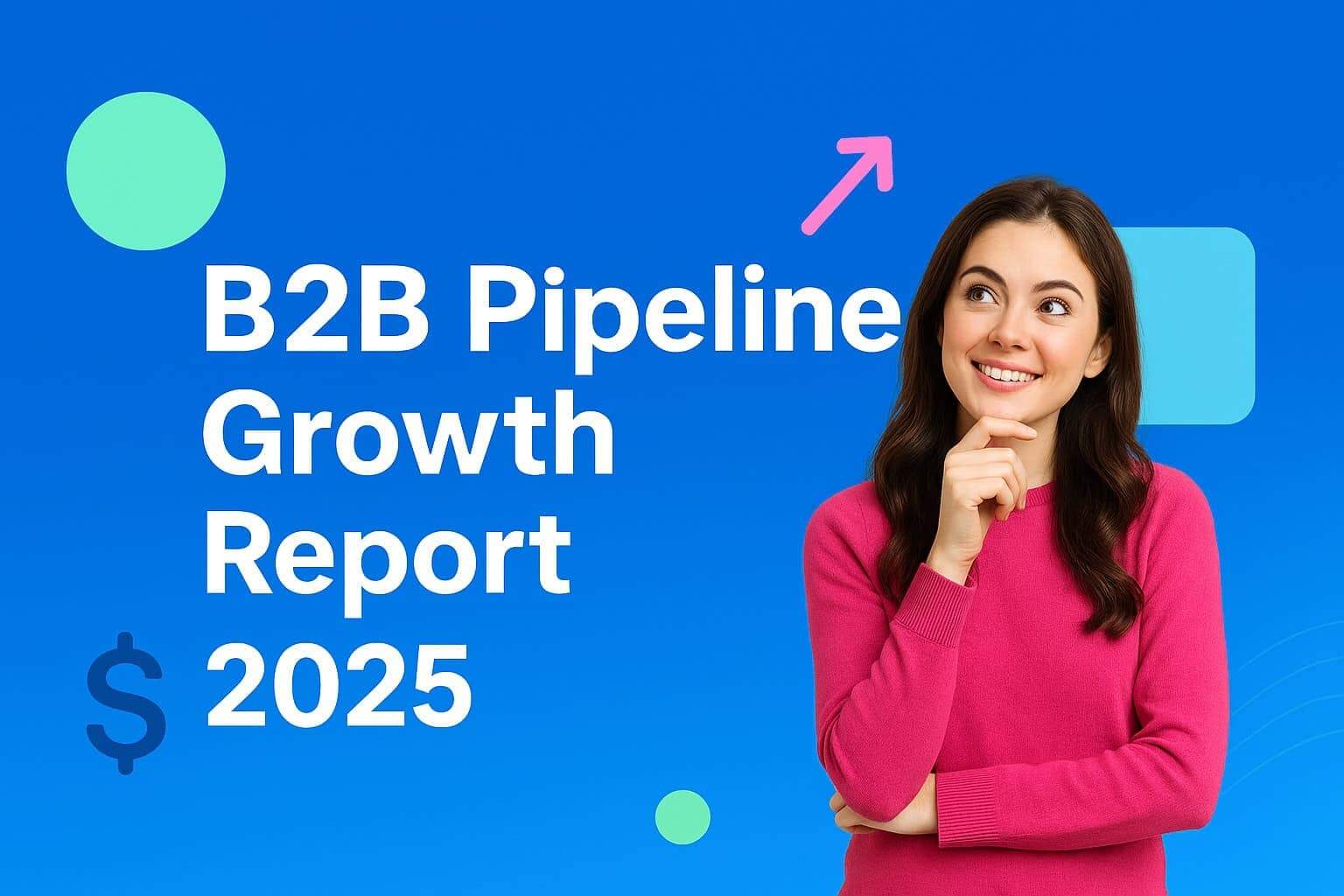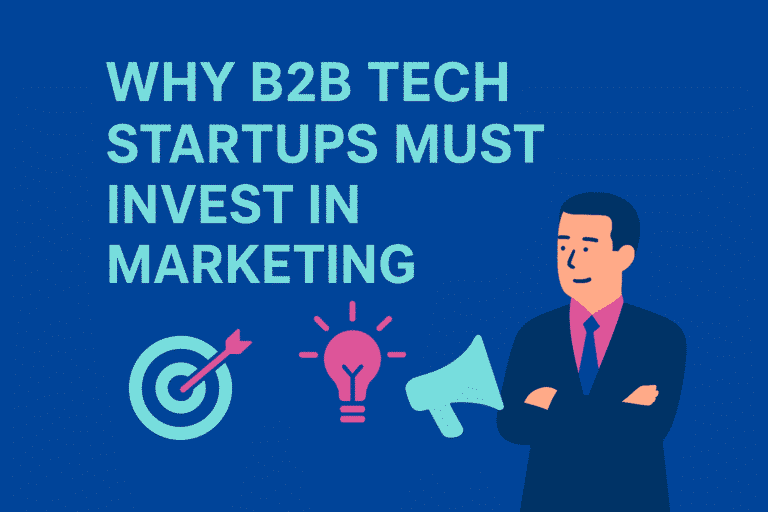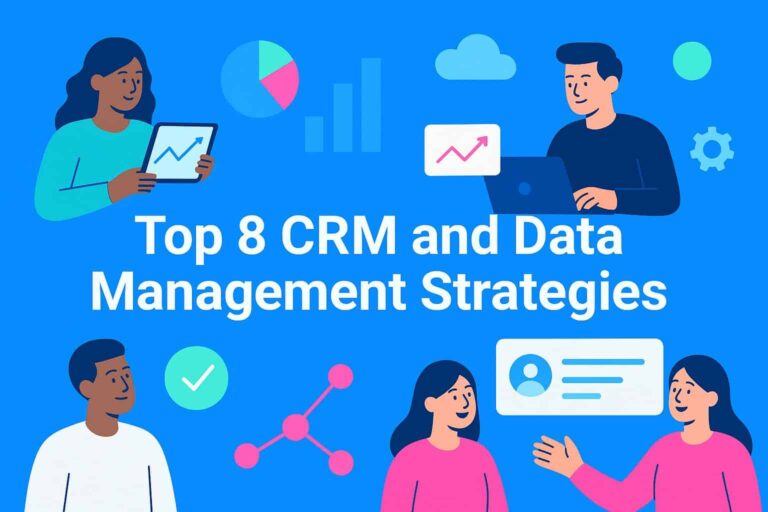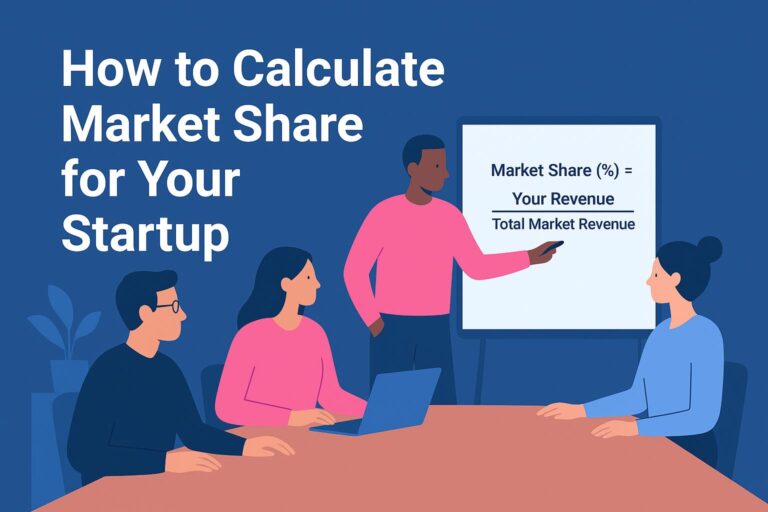What the Pipeline360 Report Means for B2B Tech Marketers…
The 2025 State of B2B Pipeline Growth Report, “How B2B Marketers are Navigating Uncertainty” by Pipeline360, provides a comprehensive view into the current state of demand generation and content marketing within the B2B ecosystem. The report is the result of a survey of 534 B2B marketing professionals across the US, UK, Europe and Asia, revealing exactly what separates high-performing B2B marketers from the rest. It offers not only a reality check on how organisations are approaching lead generation but also guidance on what’s working, where gaps remain, and how marketers can adapt in a rapidly shifting environment. Here’s a summary of the key findings, trends and actionable insights from the report, with a focus on what marketing leaders can learn to drive stronger, more sustainable pipeline growth going into 2026 and beyond.

Performance Gaps
The report highlights significant performance gaps between high and low performing teams. According to survey findings, 85% of high performers report having very good or exceptional content compared to only 27% of low performers – a 58-point gap. This disconnect underscores the central theme of the report: while B2B marketing teams are investing heavily in content, gaps remain in strategy, distribution and measurement. Buyers are engaging with white papers, case studies, webinars and industry reports at every stage of their journey. Yet, marketers continue to struggle with delivering the right content at the right time.
Evidence and Credibility
One notable data point: when asked to identify the most valuable types of content for generating demand, respondents ranked research-based content and ROI-focused case studies highest. This signals that buyers want to see evidence and credibility, not just product brochures or promotional material. However, the report also points to a mismatch between what marketers produce and what buyers find useful. For example, many organisations still focus disproportionately on branded content and gated eBooks, even though these rank lower in perceived buyer value.
The Messy Buyer Journey
A key finding in the report is that the buyer journey is not the linear concept marketers would like to think it is. Rather than progressing neatly from awareness to consideration to decision, buyers dip in and out of content, revisit old materials and consult multiple stakeholders before purchasing, including unidentified hidden buyers.
This reality has two implications:
- Continuity matters more than sequencing – Content must be designed to provide value no matter where a buyer enters the journey.
- Marketers must design ecosystems, not campaigns – Success depends on stitching together a fabric of content experiences that meet buyers where they are.
Trust and Empathy as Differentiators
Another standout finding is the importance of trust. The report emphasises that B2B buyers are overwhelmed by options and sceptical of vendor claims. This is consistent with broader industry research, including Edelman’s Trust Barometer, which finds that trust is the deciding factor in B2B engagement. Also highlighted is the role of empathy as a crucial differentiator. Marketers who demonstrate genuine understanding of buyer challenges, rather than pushing product-centric messages, are far more likely to nurture engagement and loyalty.
Formats That Work – and Those That Don’t
The report identifies clear winners when it comes to content formats. According to the survey data, the top-performing assets include:
- Customer Case Studies
Showing real-world ROI and outcomes.
- Independent Research Reports
Providing vendor-neutral insights and credibility.
- Webinars and Virtual Events
Offering interactivity and expert access.
By contrast, formats such as long-form gated eBooks or overly branded collateral are viewed as less effective. A key insight here is that buyers prioritise utility over polish. They would rather consume a practical tool or credible analysis than a glossy brochure with little substance.
Distribution: The Achilles Heel of B2B Marketing
Perhaps the most sobering insight in the report is that content distribution remains a major weak point. Only 27% of respondents rated their distribution strategies as highly effective. This gap highlights the importance of planning not only what content to create but also how it will reach the intended audience. The report emphasises syndication, targeted amplification and repurposing as critical tactics for ensuring reach and engagement.
Major Challenges Facing B2B Marketers
The report reveals that economic uncertainty leads the challenges facing marketers, with 45% citing it as their primary concern. This is compounded by unrealistic leadership expectations affecting 36% of teams and declining buyer engagement impacting 33% of organisations. Meanwhile, marketing budgets remain stagnant or shrinking for 63% of organisations, making it even harder to scale programs and drive revenue growth. Adding to these pressures, 74% of marketers report longer sales cycles, with 41% experiencing moderate to significant increases of two to six months. These extended cycles require marketing teams to sustain engagement over prolonged periods, particularly in middle and bottom-funnel stages where drop-offs are rising.
Measurement
The report takes a strong stance on the issue of measurement. While ROI is often treated as the holy grail of B2B marketing, the findings suggest that hyper-focus on ROI measurement can backfire. As marketers, we often apply simplistic ROI formulas to complex, long-cycle purchases, producing misleading conclusions. The most widely used metrics show that marketers recognise the value of both brand awareness and demand generation activities: website traffic (43%), revenue generated (42%) and SQLs (39%). High-performing teams prioritise revenue metrics, with 50% using revenue generated as their primary KPI.
Instead, the report advises focusing on behavioural signals such as:
- Repeat visits to pricing or product comparison pages.
- Sharing of assets within a buying committee.
- Engagement with bottom-funnel case studies.
These signals provide a more nuanced view of buyer intent than clicks or downloads alone.
The Role of AI in B2B Content
Artificial Intelligence (AI) is another hot topic in the 2025 report. The survey found that 52% of marketers cite data-driven personalisation as the top factor for improving lead nurturing, while 36% see generative AI as valuable for content creation and email optimisation. The report positions AI as “the bridge between fragmented data and the personalised experiences buyers expect,” recommending strategic implementation that enhances rather than replaces human strategy, storytelling and brand voice.
The Way Forward
The 2025 Pipeline360 Report is both a mirror and a roadmap for B2B marketers. It reflects the current struggles – from mediocre content effectiveness to weak distribution – while also pointing to the strategies that separate leaders from low performers. The central takeaway? Content is a key part of the sales experience. In a world where buyers prefer to self-educate, marketers must deliver content that is trustworthy, empathetic, credible and easy to access.
For marketing leaders, the key lessons are:
- Allow buyers to define their own journey.
- Prioritise trust and empathy over product push.
- Choose content formats with proven buyer value.
- Fix distribution gaps with better syndication.
- Measure meaningful signals instead of chasing vanity metrics.
- Use AI strategically to enhance human capabilities, not to replace them.
Although B2B marketers have made content the centre of their strategy, there is still an imbalance between the need to deliver what buyers want and branded assets. It’s harder and more expensive to create quality content based on research and quantifiable ROI data, versus branded assets that are easy and more abundant. Both are needed and beneficial, but the report puts a clear emphasis on building trust through evidence, credibility and empathy.
Next Steps
The report demonstrates that while B2B marketers face unprecedented challenges, success remains achievable through focused execution in critical areas. High performers excel not through revolutionary approaches but by mastering fundamentals: data utilisation, streamlined tech stacks, buyer engagement, lead nurturing, content quality and sales-marketing alignment.
B2B marketers must focus on the six differentiating factors where high performers excel. See them detailed on the next blog HERE
Read the full Pipeline360 report HERE
You may want to read: “Top 6 High Performing Strategies”







